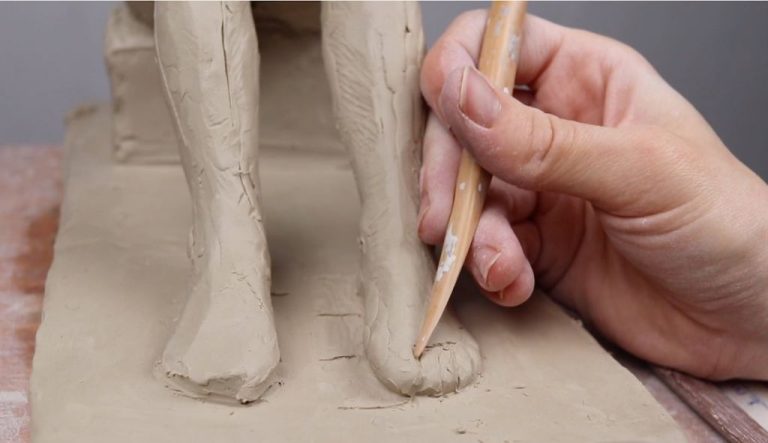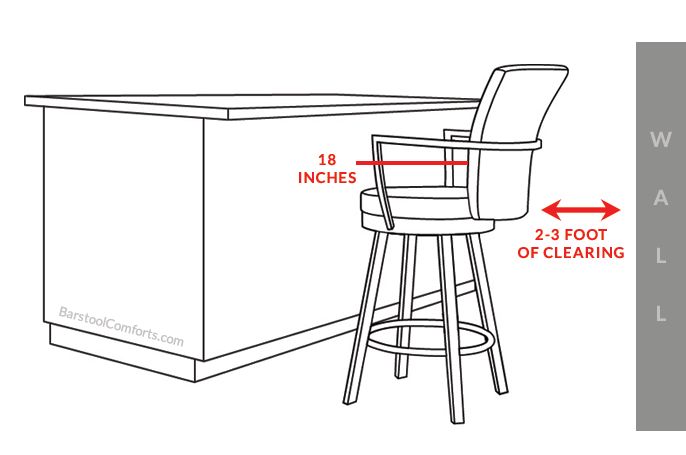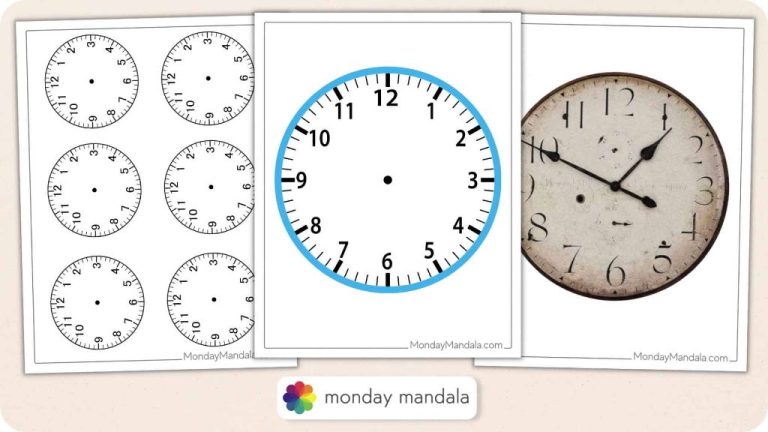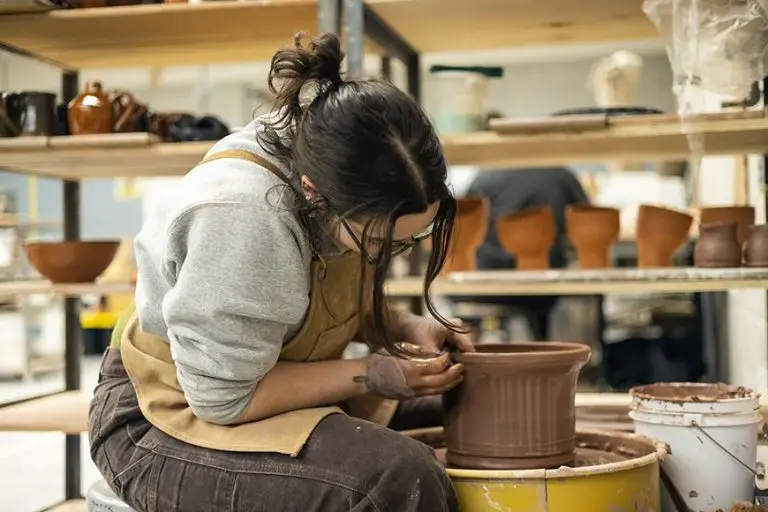How Long Does Soap Stay In Mold?
Mold is a type of fungus that grows on organic matter like food, plants, and even soap. Mold grows by releasing tiny spores that spread through the air. When these spores land on a moist surface like soap that contains organic material, they begin to grow fuzzy mold colonies. Mold grows quickly in the right conditions of warmth, moisture, and food source. On soap, the oils, fats, and other organic ingredients provide the food that mold needs to grow.
Mold grows on soap when soap is left wet or in humid environments that create moisture. Hard bars last longer, but any soap can develop mold if left damp for too long. The organic oils in soap provide the food source mold needs to grow once spores land on the soap’s surface. Proper storage is key to prevent mold growth, though no soap lasts forever.
Ideal Conditions for Mold Growth
Molds thrive in warm, humid environments. The right temperature and moisture levels allow mold spores in the air or on surfaces to germinate and grow. According to energyresearch.ucf.edu, most molds grow best in temperatures between 77-86°F. Mold growth tends to increase as humidity rises above 60%. Bathrooms provide an ideal environment, as the warm, steamy conditions from hot showers create a humid atmosphere. Kitchens also foster mold growth due to heat and moisture from cooking and washing dishes.
When it comes to soap, any excess moisture can encourage mold. Handmade cold process soaps in particular contain a high percentage of water that needs to fully evaporate during the curing process. If soap is left damp or wet for too long before curing, it risks developing mold. Essential oils and botanicals in soap can also introduce organic material for mold to feed on. Proper storage is key to prevent moisture from re-entering the soap after curing.
Signs of Mold
There are a few telltale signs that indicate mold growth on soap:
- Furry texture – Mold often appears as fuzzy or downy patches on the surface of the soap.
- Multicolored spots – Mold can show up as splotches of green, black, yellow, or gray.
- Musty smell – The odor of mold is often described as musty, earthy, or stale.
According to sources, some common visible signs of mold growth on soap include a furry texture, multicolored spots, usually in shades of green, black, yellow or gray, and a musty, earthy smell (Soap Making Forum). The texture and discoloration are due to the mold colony itself, while the scent results from metabolic processes of the mold.
Dangers of Mold
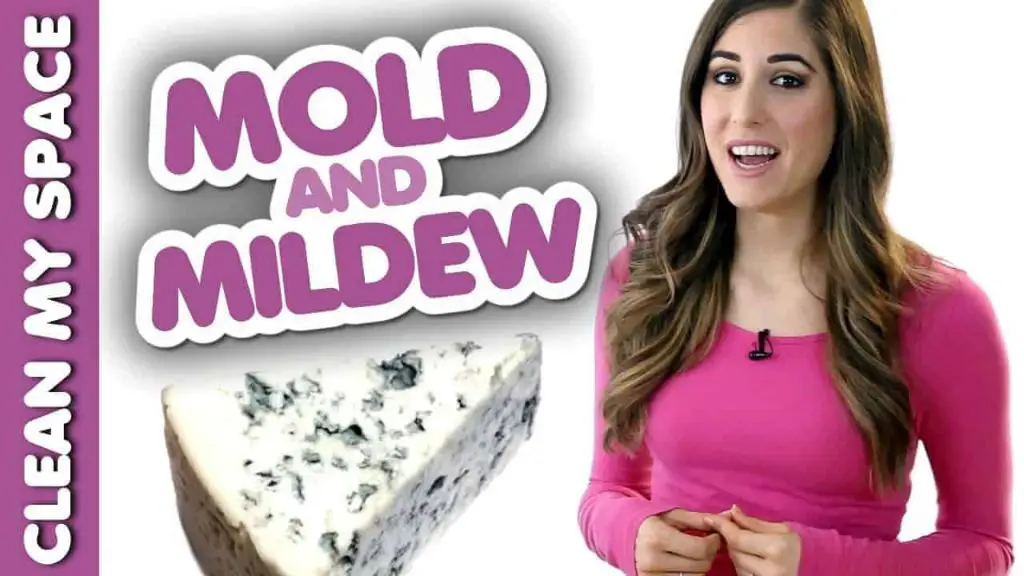
Exposure to mold can cause a variety of health issues, especially among sensitive individuals. The most common problems are allergic reactions and respiratory issues.
Mold exposure can trigger allergy symptoms like sneezing, runny nose, red eyes, and skin rash in those allergic to mold. Mold spores contain allergens that can cause hay fever or asthma attacks when inhaled. According to the CDC, about 10% of the population has some sensitivity to mold.[1]
Inhalation of mold spores can also irritate the lungs and airways. Mold exposure has been linked to coughing, wheezing, shortness of breath, and worsening of asthma in susceptible individuals.[2] Those with chronic lung illnesses like COPD are at higher risk for mold-related respiratory problems.
In rare cases, mold exposure can lead to serious infections in people with weak immune systems. However, most healthy individuals do not get infections from common household molds.
How Long Until Mold Develops
In ideal damp and warm conditions, soap may develop visible mold growth within 2-6 weeks of being made (source). However, if stored properly in a dry, well-ventilated area away from moisture, soap can resist mold for months or years.
Mold needs a moist environment to grow, so keeping soap bars dry is key. According to soapmakers, allowing soap to cure and harden completely before use, keeping it on a drying rack instead of a closed container, and letting it air dry between uses can all help prevent mold growth (source).
Certain ingredients like botanicals can introduce more moisture, so extra drying time may be needed for plant-based soaps (source). But overall, a properly dried and stored soap bar can go for months before developing any mold.
Preventing Mold Growth
There are a few key steps you can take to prevent mold from growing on your handmade soap bars:
Store soap in a cool, dry area. Mold thrives in warm, humid environments. Keeping soap in an area with good airflow and low humidity will help prevent mold growth. Make sure to avoid storing soap in damp places like the bathroom or near sinks where splashing water can introduce moisture (Makesy.com).
Allow soap bars to dry fully between uses. Excess water left on a soap bar after use can seep into the bar and create optimal conditions for mold. Rinse soap bars thoroughly after use and allow them to dry on a rack or dish between uses (Soap Queen).
Wrap soap tightly or store in an airtight container. This prevents outside moisture and humidity from being introduced to the soap over time. Tightly wrapped or sealed soap bars will have less exposure to airborne mold spores.
Avoid using fresh botanicals that may contain extra moisture. Ingredients like fruit purees, aloe vera, and fresh herbs contain higher water content that could promote mold growth. If using high-moisture botanicals, be sure to add preservatives and follow proper soap curing steps (Soap Queen).
Removing Mold
If you notice mold growing on a bar of soap, it’s important to discard the soap properly. Mold can be hazardous to health, so you don’t want to risk using a bar of soap with mold.
According to the Soap Authority, if you catch the mold early, you may be able to salvage the bar of soap by scraping off the mold with a knife [1]. Use a clean knife to scrape off all visible mold. Then allow the bar to fully dry before using again.
However, it’s best not to take risks with mold. If the mold covers a large area or goes deep into the bar, it’s safest to discard the entire bar. When in doubt, throw it out. Mold can release spores that contaminate the whole bar, even if you can’t see it.
Discarding Moldy Soap
If you discover mold growing on a bar of soap, it’s important to discard it right away. Do not attempt to salvage moldy soap by cutting off the affected areas. Mold can spread quickly and may have already contaminated the entire bar.
According to soapmaking experts, the only safe choice is to toss out the moldy bar entirely. Trying to scoop out the mold is not recommended, as this can just spread spores further (1).
Likewise, do not continue using a bar of soap with mold. Mold can trigger allergic reactions and skin irritation in some people. Inhaling mold spores from soap is also a health hazard (2).
For liquid or cream soaps, discard the entire bottle if you see any mold. Mold can multiply rapidly in the moist environment of liquid soap.
Bottom line – if soap develops mold, it’s best to throw it away. Moldy soap is a sign that bacteria has multiplied to dangerous levels.
(1) https://www.soapmakingforum.com/threads/is-moldy-soap-safe-to-use.52279/
(2) https://www.quora.com/Can-bar-soap-get-moldy
Storing Soap Properly
Proper storage is essential for maximizing the shelf life of handmade soap. Soap should be stored in a cool, dark place with good airflow to prevent moisture from being trapped against the soap. According to Soap Queen, it’s best to wrap soap in paper, not plastic, right after removing from the mold. Plastic wrap traps condensation against the soap, which can lead to stickiness, frosting, and discoloration over time. Breathable paper allows airflow and prevents moisture buildup.
Once wrapped in paper, store handmade soap bars in a well-ventilated area like a linen closet, pantry, or cupboard. Avoid humid environments like the bathroom. Keeping soap in a cool, dark place slows the oxidation process to extend shelf life. Storing soap properly in paper wrapping and in ideal conditions keeps it looking and performing its best.
When to Toss Old Soap
The shelf life of most homemade handcrafted soaps is between 6 months to 1 year (source). After 1 year, handmade soaps should be monitored closely for signs of mold or rancidity. Visible mold growth, an unpleasant odor, or an oily film on the soap’s surface are all indications that the soap has expired and should be discarded (source).
While some artisan soaps may remain usable for up to 2 years with proper storage, it’s generally recommended to discard handmade soaps after 12 months. The natural oils used in handmade soap can go rancid over time. Rancid soaps not only smell bad, but they may also harbor mold spores and bacteria that can irritate skin. When in doubt, it’s better to play it safe and throw away very old bars of handmade soap.

